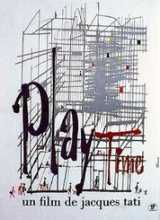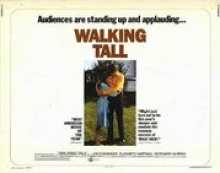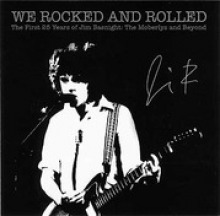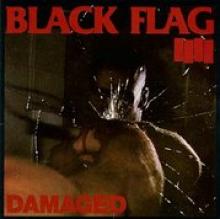Hüsker Dü and the Year 1985
Hüsker Dü’s final two long players for the SST imprint, New Day Rising and Flip Your Wig, were both issued in 1985. It would be a year later that Candy Apple Grey was released through Warner Brothers, marking the Hüskers’ major label debut. And while there would be a slight sonic shift overall, the difference between “Plans I Make,” the last song on New Day and the first track on Flip delineates the group’s increasingly fractured approach to song craft.
“Plans I Make” is, for all intents and purposes, an instrumental. Surely, some of the guttural howling makes it through the mix as an exasperated band laments figuring happenings that don’t actually occur. The song doesn’t necessarily define the group’s sound, but it does tie it back to an earlier hardcore-based inception of the outfit. Granted, even at its most distorted and thrashing, Hüskers still trafficked in traditional song craft.
Hearing “Flip My Wig” right after “Plans,” though is a dramatic shift. While the two songs could have very easily emerged from the same album, ending one effort with the noisier track and beginning the following album with a song that approaches some of the most radio styled of the group’s recording is a shock. It’s probably for that very reason that WB sought to release Flip instead of waiting until the following year to issue Candy.
Hüskers, despite what some hardcore (the genre as opposed to steadfast) fans might think of the band’s progression, need to be given credit for sticking it out with SST through another release. Obviously, the Greg Ginn helmed imprint would eventually fold. With or without Hüskers that would have occurred. But the Minnesota trio remained true to those that helped it out. Well, or a time, at least.
Either way, the march towards falling apart that this progression of Hüskers’ albums represents is usually couched in terms of Bob Mould and Grant Hart butting heads about song craft and what share each received. The supposed fracturing then can be heard even on Zen Arcade, the group’s first SST long player and a personal favorite.
Whatever the case actually is, 1985 was a huge year for Hüskers in (creative) output. Nothing really beats the visceral howl that Zen Arcade presented listeners with, but apart from “Hate Paper Doll,” there’s not too much to object to. And considering the fact that these two albums released in 1985 count as eighty plus minutes of music, that’s astounding.








